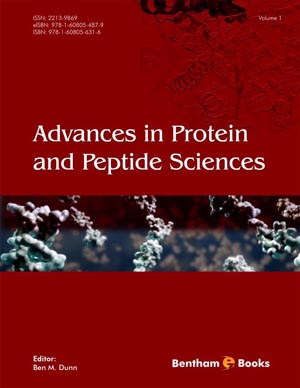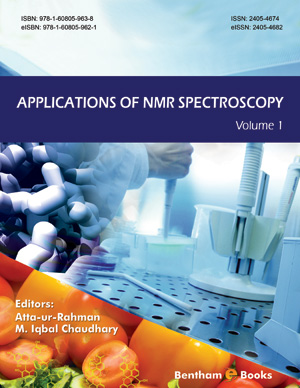Abstract
The kinetic resolution (KR) of racemates is one of the most important modern approaches to prepare optically pure substances. This method is based on the difference in the reaction rates of enantiomers under the action of chiral resolving agents or catalysts. KR as a result of the acylation reaction (acylative KR) has been widely used to obtain enantiopure amines that are valuable precursors and structural fragments of biologically active compounds and pharmaceuticals. The nonenzymatic acylative KR of racemic amines is usually carried out in the presence of chiral acyltransfer catalysts or by the action of enantioselective or diastereoselective lowmolecular weight acylating agents. This review surveys the research work on KR of racemic amines under the action of chiral diastereoselective acylating agents. This approach has recently received a very significant development, which is due to the availability of various reagents of this kind, as well as the ease of process implementation. Application of derivatives of chiral acids, including natural amino acids, 2-arylpropionic acids, 2-oxy-carboxylic acids, etc. as acylating agents in the KR processes makes it possible to obtain amines of various classes and related compounds with a very high enantiomeric purity, which is often inaccessible in other nonenzymatic methods. Diastereoisomerically enriched (pure) amides formed as a result of acylative KR of racemic amines may themselves be of interest for further synthetic transformations.
Keywords: Acylation, Acyl Chlorides, Amino Acids, 2-Arylpropionic Acids, Chiral Amines, Enantiomers, 2-Hydroxy Carboxylic Acids, Kinetic Resolution, Optical Purity, Resolving Agents, Stereoselectivity.






















